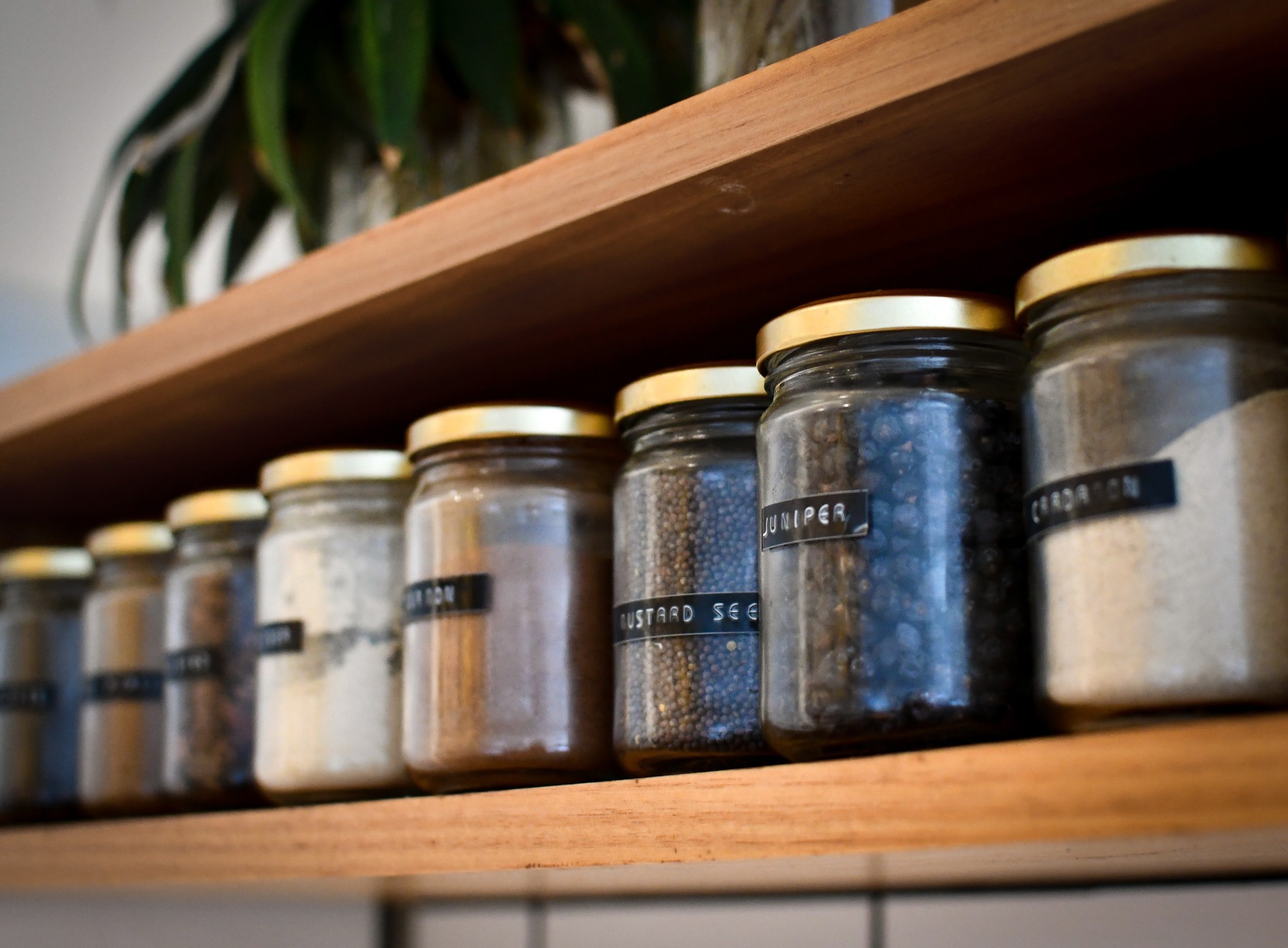Simple Ways to Reduce Food Waste in Your Fridge & Pantry
To me, I am not aiming to produce zero waste, but to significantly reduce it to the best I can while living within my means. I would rather adopt sustainable habits than focusing on doing everything perfectly and ‘failing.’ The first step I took to lessen my waste was in the kitchen. It hits two birds with one stone; simplifying food makes a positive impact on your health as well as the planet.
Here are my tips on how to get more organized, reduce waste, and save money in the process.
1. Minimalize your shopping.
Do you feel like you’re constantly discarding old food that you forgot to eat? One of the simplest ways to reduce food waste is to buy less and plan ahead. A simple rule to follow is called the “cook once, eat twice” rule. After cooking a meal, eat or use the leftovers for new meals in the next days. This helps limit the number of times you eat out. This will help you figure out your spending priorities and find a weekly food shopping flow that works for you.
2. Keep it clutter-free.
An organized fridge is often underestimated. A planned fridge holds the key to less stress, less mess, and healthier eating. When you can clearly see and easily access everything in your pantry, you can take better inventory of what you already have instead of buying more crackers you don’t need when there’s another unfinished bag hiding behind the chaos. The best way I’ve personally been able to bring order to the kingdom is to store everything in bins, baskets, mason jars, and glass containers.
3. Optimize food storage.
Let’s quickly talk more about containers. There are quite a few different containers I can recommend, but to get started, you can easily start by saving your glass jars (i.e. from pasta sauce and nut butters) and repurpose it for storing food like a jar of overnight oats, homemade pickles, and rice. You can also purchase a set of mason jars, which are fairly inexpensive and very versatile.
Aside from jars, I highly recommend getting a set of glasslock containers to store leftovers. It’s airtight, and without the lid it’s safe to use in the microwave and oven. Lastly, a pricey (but worth it) food storage option is a Stasher bag, which completely eliminated our need for plastic Ziploc bags. Stashers can store on-the-go snacks, frozen fruit for smoothies, and it’s dishwasher friendly.
More tips for keeping food fresh longer:
Store asparagus and herbs like cilantro and parsley with the stems in water (as you would with fresh cut flowers).
Store carrots, celery, and radishes submerged in water and sealed in a glasslock or mason jar.
For humidity drawers, keep foods that rot in low humidity and foods that wilt in high humidity.
Low: ripe avocados, tomatoes, apples, etc.
High: spinach, broccoli, brussel sprouts, etc.
For hearty greens like kale, you can wash it, wrap it in a dish towel, and store in high humidity drawer.
Use sealed mason jars to store nuts, oats, and wheat/nut/seed flours in the fridge for optimal freshness (and you can see how much is left).


